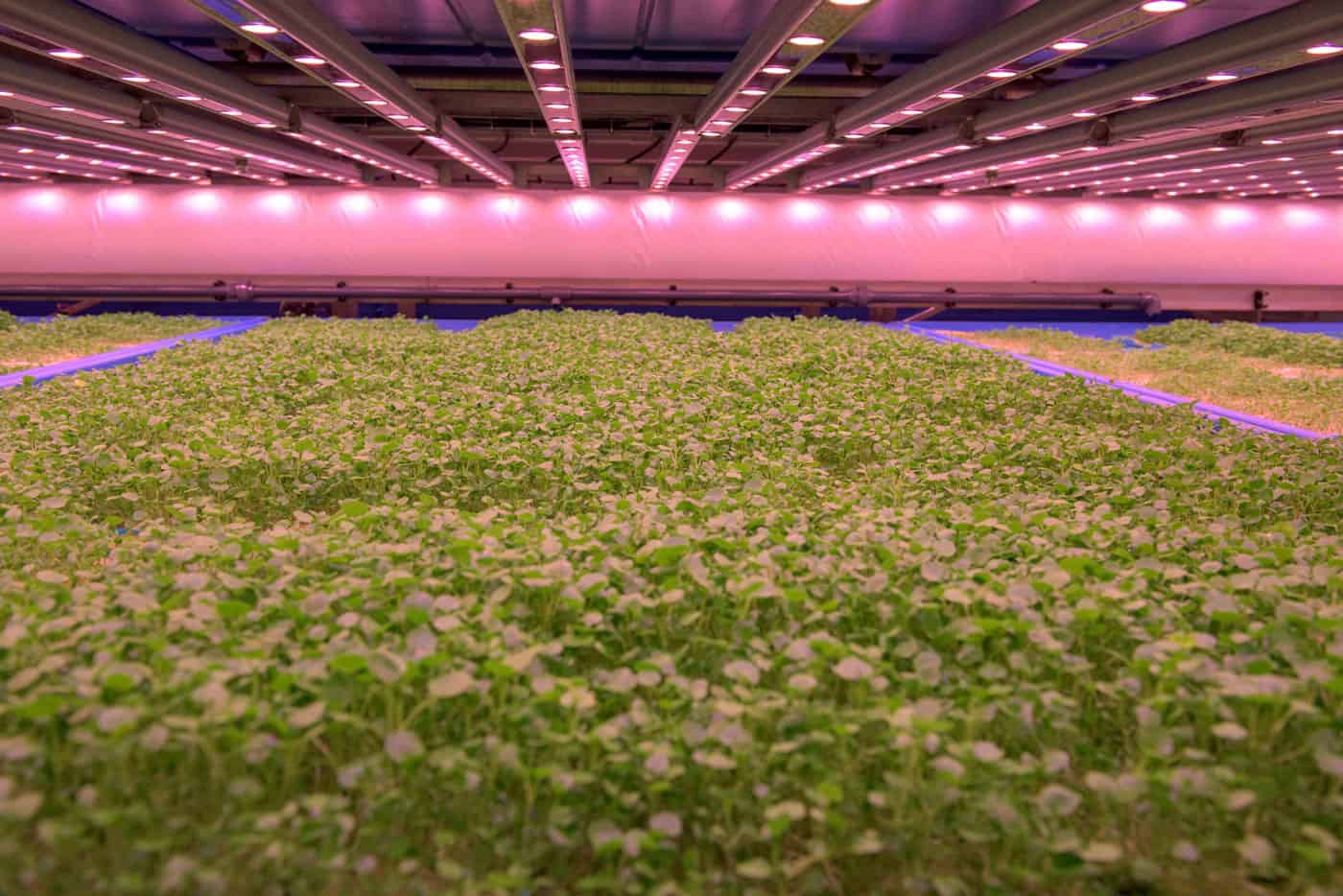Technology in Agriculture
Defined as the application of technology to farming, ‘AgTech’ incorporates a variety of tools and techniques that are used throughout the full cycle. From seed to harvest, and from harvest to shelf.
Farming has been subject to many technologic advances over the past few decades. Conventional farming and indoor growers are using new technologies to help their farms grow more efficiently, producing higher yields and better quality produce.
Agricultural IoT and Sensors
What is Agriculture IoT? The abbreviation IoT stands for the Internet of Things. It is a broad terminology given to every object that relays information when connected to a network. In Agriculture, this is implemented using robots, drones, sensors and computer imaging, alongside analytical tools to help monitor farms.
Agricultural IoT provides more data to farmers and enables fundamental changes to how farms work by monitoring data in real time: leveraging everything from sensors, devices, machines, and AI to grow more productively.
4 Digital Technologies Transforming Agriculture
Sensors
Sensors can be placed into the ground to monitor factors such as environmental temperatures, humidity, and rainfall, as well as giving information on the uptake of water in soil, the pH, and nutrients available and more.
It gives farmers a heads up to any issues that might need to be remedied before it becomes a real problem.
Robotics
Robotics can be used in several ways. Smart Agri robots (or Agribots!) can use digital image processing to detect weeds and spray them directly, as well as speeding up harvesting processes. For example, these types of bots can be used within indoor and greenhouse farms to harvest crops when ready. They can also be used to complete some of the harder manual labour tasks, such as lifting heavy materials.
In addition, tractors and heavy ploughing machinery can be run automatically through GPS. These types of advancements simplify the labour-intensive tasks, lightening the manual workload.
Artificial Intelligence
Artificial Intelligence (AI) is the theory and development of computer systems that perform tasks normally requiring human intelligence. This includes things such as visual perception, speech recognition and decision making.
AI is used within agriculture for applications such as: crop and soil monitoring, insect and plant disease detection, aerial survey and imaging, health monitoring, intelligent spraying, and weeding, plus more.
Drones
Both ground and aerial drones may be used to see things that are not easily observed and give insights into pest protection and fertiliser application. Equipped with sensors and cameras, they can be used for imaging, mapping and surveying farms.
Drone data allows for the ability to identify areas that require changes in irrigation, check cop health, predict yields and more.
Learn more about the impact of technology on agriculture.




